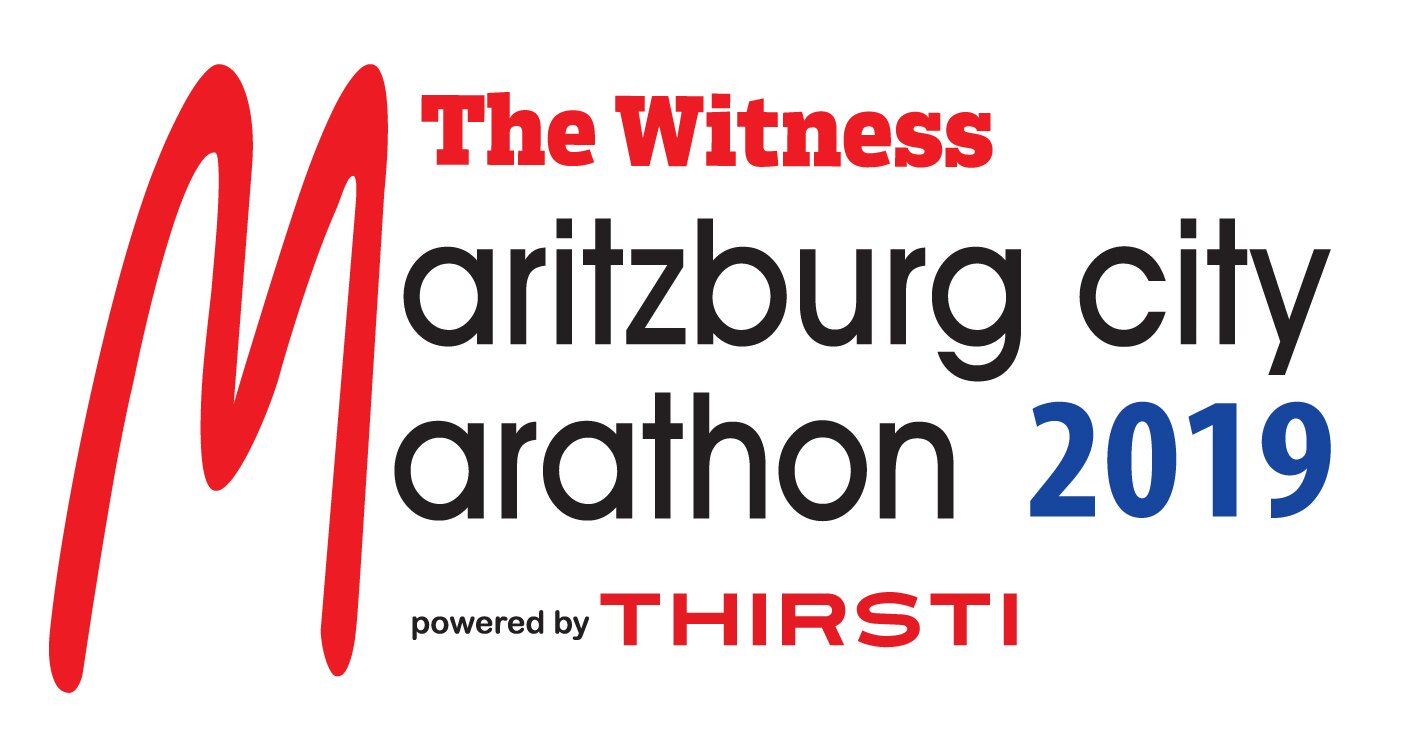Most runners have experienced the ebb and flow of a swing at school, in a playground or simply on a rope hung from a tree.
The simple to and fro action reminds us of the balance required in the natural swing of life and this is reflected in our running in many ways: none less so than our preparation for the Witness Medihelp Maritzburg City Marathon, powered by Clover and Khayelihle, on Sunday 26 February
The swing, or pendulum, is the key to progression in training:
The objective of training is to inflict minor damage into the muscle or to “stress” the system slightly beyond its current ability. By doing this we inflict, for instance, minor / micro tears into the muscles and this in turn initiates the ‘healing’ process which works on a super-compensatory fashion not simply taking us back to normality but also providing protection of slight increase in growth / strength to protect for the next attack or potential damage.
The same applies, (and was the basis for carbo loading), with glycogen (or dehydration) where, when we had depleted our carbohydrate stores, the body craved carbohydrate and then was capable of storing greater carbs than the norm as a protection for the next challenge to our energy or hydration.
There is a clear similarity then between the swing to effort or challenge on one side and the recovery and protection on the other: just as no swing can exist coming from the bottom of the arc up one side only, so too, in our training, and indeed life in general, every displacement to one side is balanced and countered by the opposing swing to the other.
In an ideal system, the height on one side is equally balanced to the other side. However system inefficiencies, energy losses and so on mean that the amplitude of the swing diminishes with each passing through the normal (bottom dead centre) position unless additional energy is added to boost the swing in one direction.
So what has this to do with our plans for the Maritzburg City Marathon?
Everything:
For a kick off, the training has, if you have been using one of the programmes supplied on the race web site or Old Mutual’s Do Great Things training centre ( ) , been alternating / swinging between a hard session and an easy or recovery session on each subsequent day. There has also been some alteration between hard weeks and easy weeks.
In the last two months the amount or stress of the training has increased and reached a high level or peak. This is one extreme on the training schedule and now we therefore have to provide the recovery section. This is known as the taper: to provide the balance we need to work almost as hard in the taper (but with a different emphasis) as we do in the peak.
It is this period of recovery that gives us the ‘pay-off’ for the period of damage we incurred in the peak training period.
Recovery and taper is not simply about doing nothing, it is a time when the focus moves to simple blood and nutrient circulation to counter the: loss of energy, the muscle damage, resultant inflammation, and even the mental fatigue associated and resulting from close to a month of working at an extremely high level.
Typically, in the first week of a good marathon training the total distance or effort will be reduced by around 45-60%.
Remember our basic principles mean that the greater the peak reached – the greater the amount of taper that needs to be supplied.
In the second week the distance is cut by another 40% and in the final week a further cut is made with only a nominal number of sessions being completed.
Even in the final few days the pendulum or swing is applied:
Have you noticed how fatigued or lethargic you are in that the first session after any of your day offs? That’s the pendulum: so after the activity of the week, we take our seventh day as a day off and the body does not go to normal rest, but instead it goes into hibernation – an over compensation.
The impact of this is that before any race we should take off not the day before race day, but the day before that (Friday for a Sunday race) and then on the day before (Saturday) have a very easy session to get the circulation and body back to ‘normal.’ [Bottom dead centre in pendulum terms]
So recapping:
Our training and race preparation should recognize the natural swing of life – the pendulum:
* Build for target races – and follow them with weeks / months of recovery * Build up in hard weeks – easier weeks * Alternate sessions during the week with hard (long or fast) sessions with easy (very slow or short time) sessions * After hitting the three to four week peak of training build up have one to three weeks taper (10km is one week, marathon ultra is three weeks) to prepare for the race effort * Never take the day before a race off – always have a gentle 20-30 minutes of light exercise and a couple of fast efforts over 20-30 seconds just to get the body, circulation and the legs moving
Its time to taper for the Witness Medihelp Maritzburg City Marathon — 3 weeks to go! Let Clover and Khayelihle power you.
Trying to go against the natural flow of life – will hit you hard with a backswing!
















